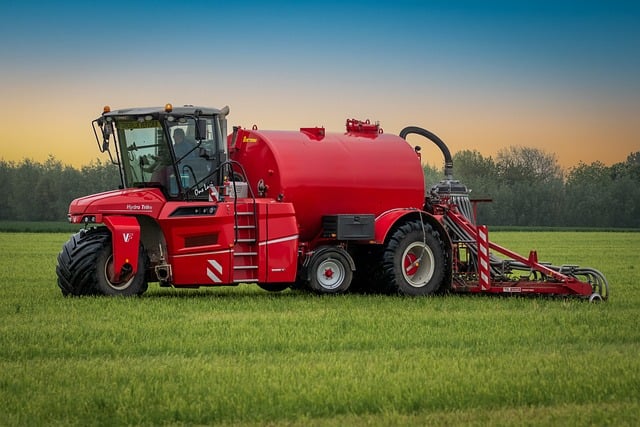Problems Faced by Farm Managers
Farm managers face a variety of challenges and problems in their day-to-day operations, ranging from economic and environmental factors to labor and technological issues. Here are some common problems faced by farm managers: Problems of Farm Managers Financial Management: Managing the finances of a farm can be challenging, especially when dealing with unpredictable factors like […]
Problems Faced by Farm Managers Read More »

